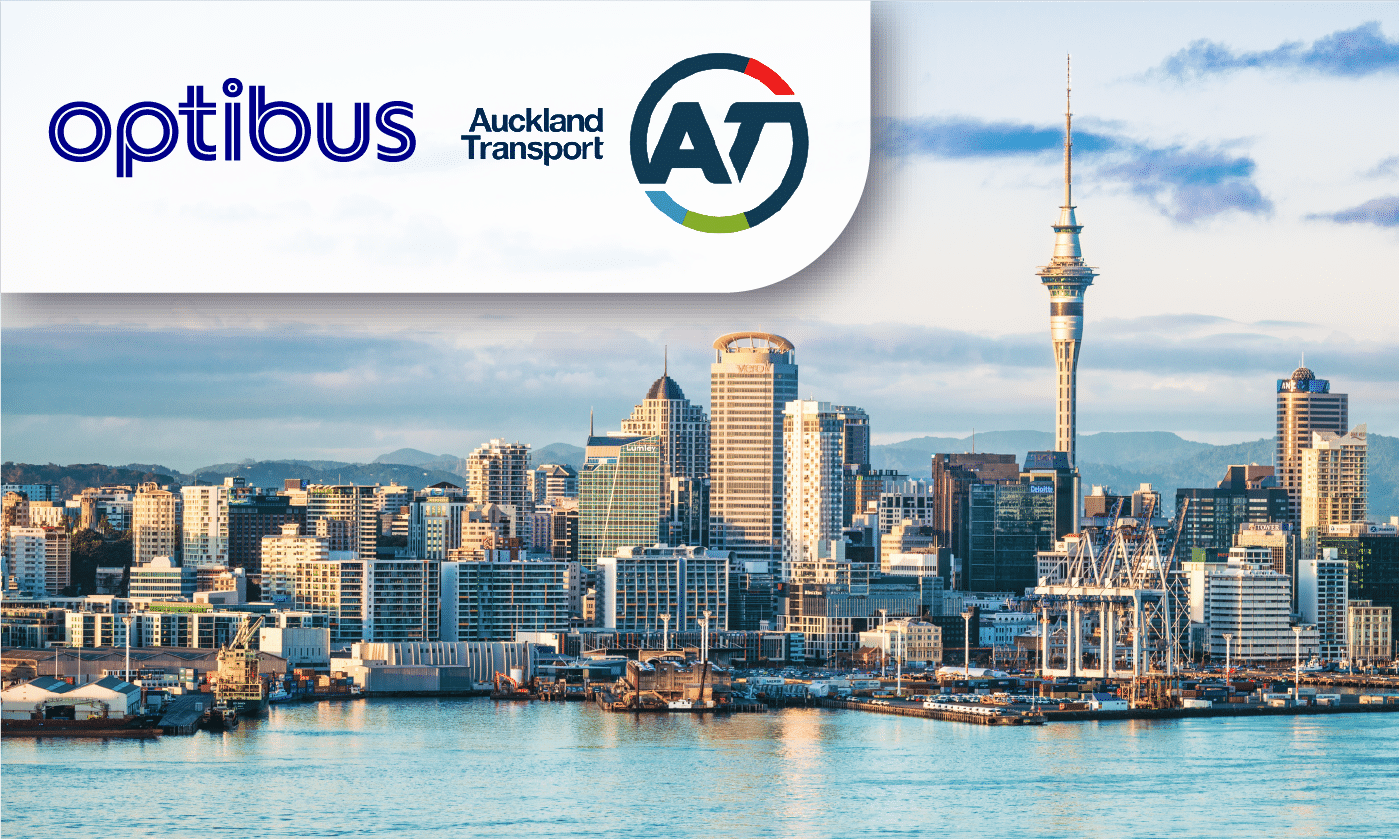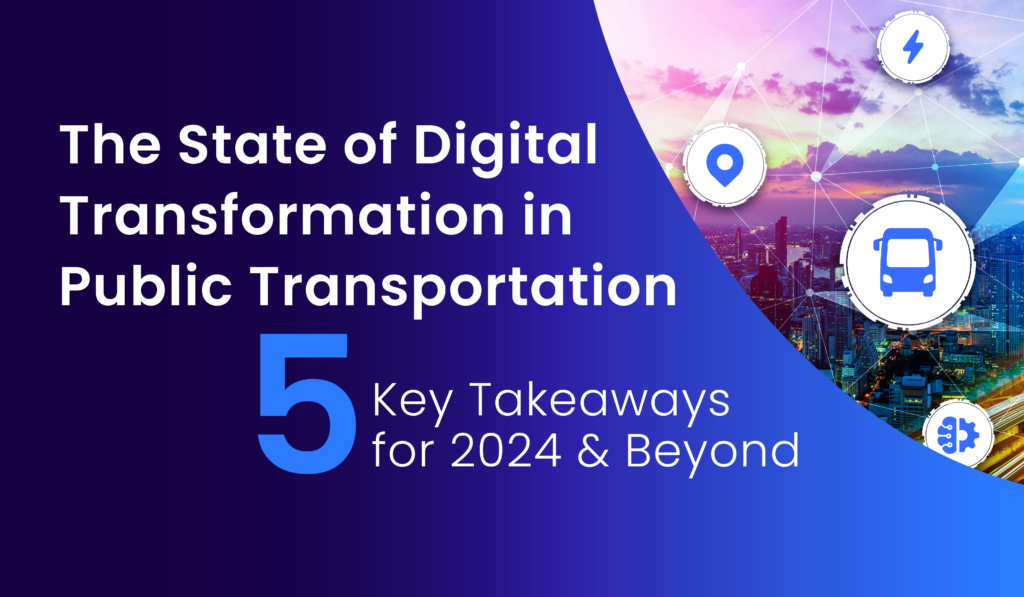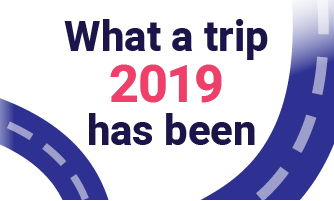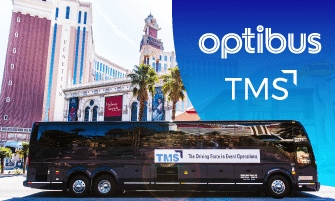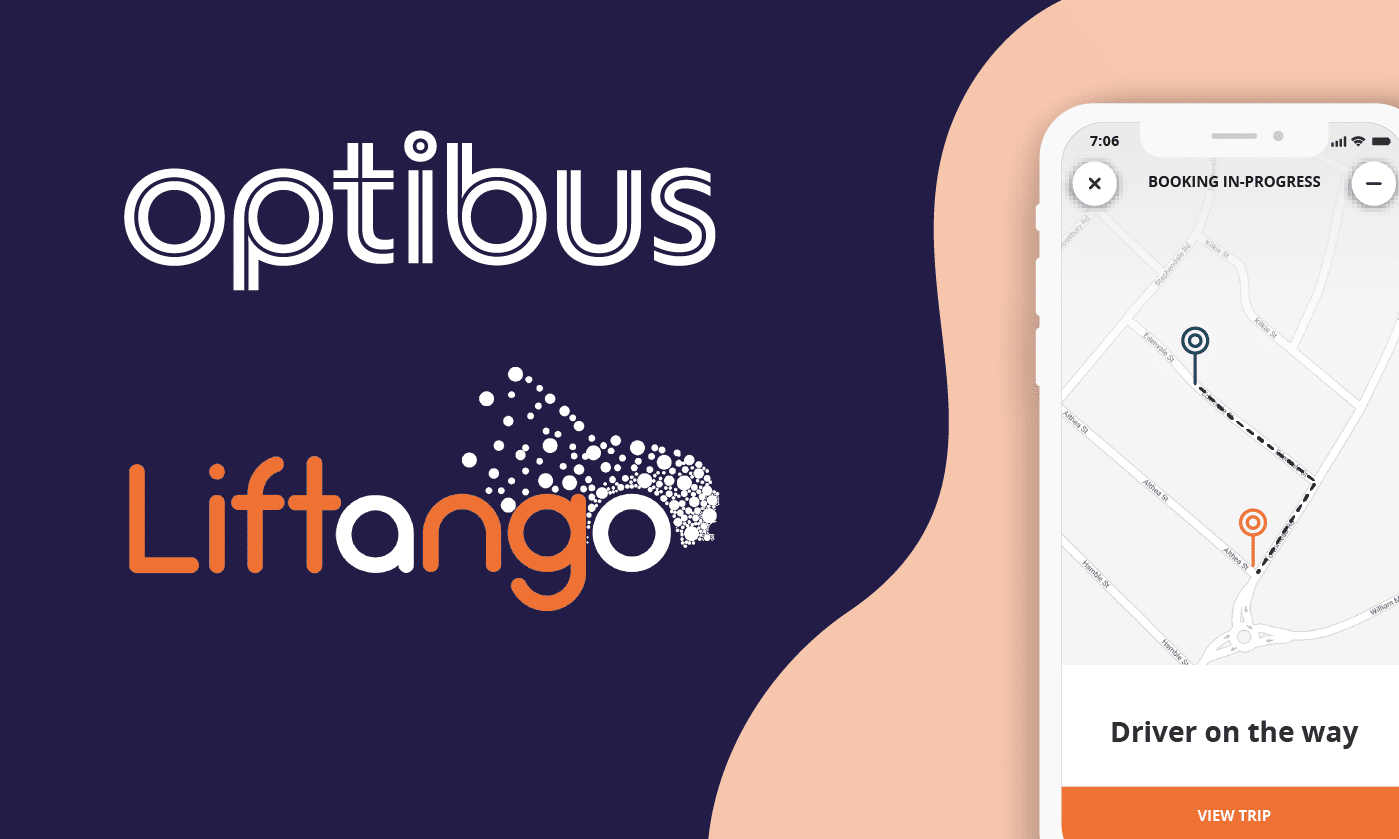New mobility alternatives, applications and software are changing the world of transport in unprecedented ways. In the public transport sector, older methods of planning and scheduling are making way for newer platforms; these new platforms carry enormous transformational potential. Whether you’re looking to plan better routes, timetables, ensure on-time performance, create better vehicle/crew schedules or rosters (rotas), you will want to ask these six questions:
(1) Is it easy to accurately express rules and preferences?
Public transport operates under a complex set of rules and constraints: from break rules to depot capacity, from changeovers to interlining etc. The ability to accurately express these requirements is probably the most important factor affecting the success of a planning and scheduling platform.
When rules or preferences aren’t precisely expressed before the optimization run, the “optimized” schedule requires intensive manual editing, from adding relief vehicles to creating rosters. Even worse, this post-optimization work can and will actually degrade the positive business results that optimization was supposed to deliver in the first place.
(2) Does the platform show all relevant business metrics?
Planning and scheduling is about checking multiple scenarios and picking the best one. Each scenario creates different cost, utilization, deadhead trips and other results. The best way to determine the optimal scenario is to compare scenarios using relevant and accurate business and operational metrics, knowing they reflect all rules and constraints.
(3) How long does it take to generate a schedule?
Scheduling is notorious for its lack of speed – it’s a complex problem that requires a lot of computing resources. That’s why (for most legacy solutions) optimization runs take hours or days.
Next generation planning and scheduling platforms are quick. Using these systems, schedulers and planners can test multiple what-if scenarios and arrive at the best possible scenario.
(4) Can the platform work at scale?
As opposed to legacy platforms, modern systems can easily deal with scale increases – involving sites with hundreds and even thousands of vehicles and drivers. These modern platforms use the cloud, advanced algorithms and AI to solve these massive problems in a short time.
(5) Is the platform data-driven?
Next generation planning and scheduling platforms are data-driven, taking in multiple sources of data and simply integrating them into the scheduling process. For instance, you can take real-life data, apply artificial intelligence and then predict the likelihood of on-time performance for each element of a schedule.
(6) Is the platform web and cloud-based?
Traditionally, legacy planning and scheduling platforms are purchased and installed on the buyer’s servers. Since schedule optimization is a heavy operation, buyers often set up server clusters to support more users, and a dedicated database is needed too, generating IT overhead, maintenance and a difficulty in upgrading the software. Modern platforms are truly built to be software-as-a-service and optimization runs are much quicker since they run on distributed cloud assets that are allocated according to need..
Conclusion
Mass transport is facing some exciting possibilities, yet they require mass transport operators to undergo digital transformation and enter a world of quick, modern and accurate software-as-a-service platforms. In the case of mass transport, modernization and digital transformation are a must for any organization that wants to partake in the future of mobility.
You can download a longer version of this blog (containing 8 questions) here.
Learn more about on-time analytics here.

